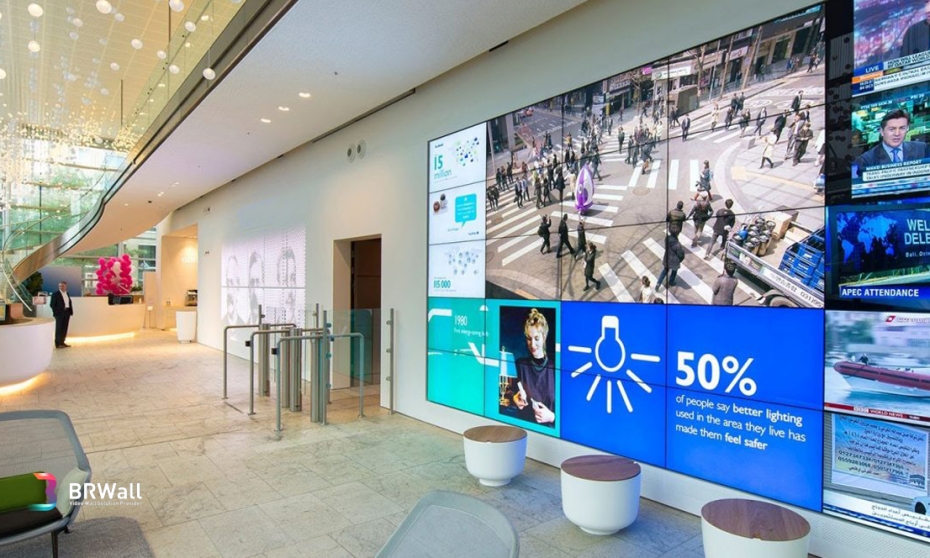When discussing display technology, Liquid Crystal Display(LCD) is one of the most common in use today.
LCDs are very popular because they are conveniently thin and require little power.
From the name, LCDs use liquid crystals to polarize light and form a display, a technology first used in 1967.
This article will take you through everything you need to know about an LCD video wall. But first, let's answer the question, what is an LCD video wall?
Table of Contents
- What Is LCD Video Wall?
- How Do LCD Screens Work.
- Polarization Of Light.
- How Does Liquid Crystal Display Color?
- Types Of Displays
- Impact Of Liquid Crystal Displays
- What Are Some Of The Advantages Of Liquid Crystal Displays
- Disadvantages Of an LCD
- Tips On Choosing Your LCD Video Wall.







